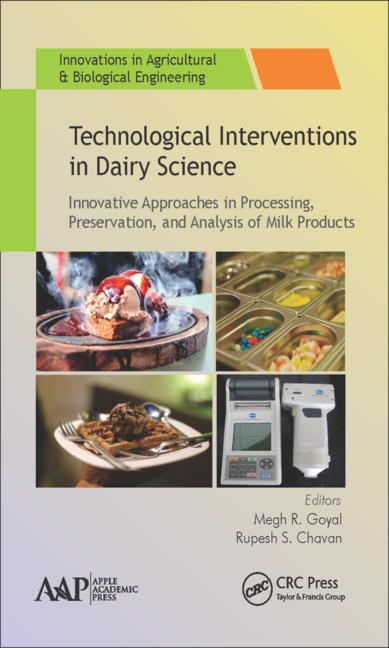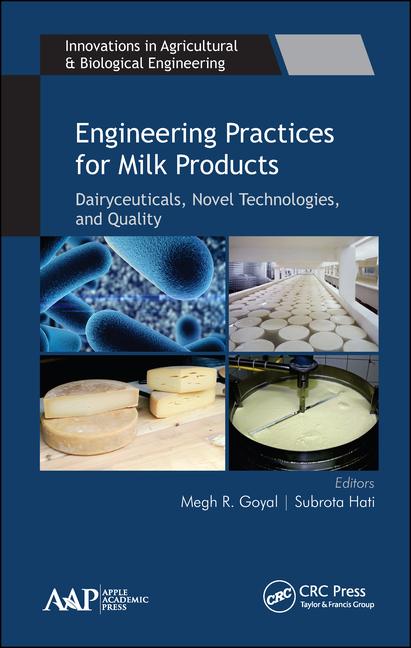Optimizing clean-in-place (CIP) for hygienic design
Breaking through constraints to achieve a higher level of performance.

Photo courtesy of Hispanolistic / E+ / Getty Images Plus
Clean-in-Place (CIP) systems are fundamental in industries that require stringent hygiene standards, such as food and beverage, pharmaceuticals, and cosmetics. In these applications, 3-A Sanitary Standards have long provided established definitions and criteria for CIP cleaning and CIP cleanable equipment. Such equipment surfaces can be cleaned by CIP methods (flow, temperature and chemical applications for a prescribed time) which have been demonstrated to be effective and repeatable once the process has been verified against the existing soils. These have been verified to clean three consecutive times without any special intervention.
CIP optimization is more than just an operational necessity; it's a strategic approach to maximize efficiency, ensure product safety, and enhance sustainability. Optimizing CIP has become an essential consideration in the design and integration of processing systems, delivering benefits to customers that extend well beyond clean equipment. CIP optimization delivers repeatable and sustainable results if done correctly.
The point: we need to discuss the right way and the wrong way to approach CIP optimization.
The wrong way
Those who just start chopping time, temperature settings and chemicals just because they feel that the specific circuit and circumstances warrant them without considering all the potential ramifications can be very dangerous. Decisions without substantiating data can lead to a “shorter” circuit time but the long-term outcome can be catastrophic. The key to the optimization of CIP is truly a simple four-letter word…...data!
The right way–
- Determine what technical data exists on the systems:
- System Drawings – P&ID – Color coded if possible.
- CIP Utilization Data (to set priorities).
- Current CIP Pinning Charts including all valve pulsing matrix times.
- SCADA – CIP Data – If currently utilizing electronic data recording.
- Utility Costs: including water, sewer, energy, and surcharges (to estimate potential savings).
- Interview operators to determine if “pain points” exist. They will be one of your greatest assets on this adventure.
- Understand that each circuit is a special entity that needs to be evaluated accordingly.
- Current water consumption mass balance, if available.



The cleaning system supplier’s role in CIP 0ptimization
Suppliers are responsible for designing and recommending equipment that supports efficient and effective CIP processes. Optimized CIP requires carefully selected materials, system configuration, and automation, which minimize water, energy, and chemical use while ensuring thorough sanitation. Equipment must be designed to streamline cleaning cycles by minimizing dead ends and surfaces where residues might accumulate, thus enhancing both cleanability and sanitization.
One critical aspect of CIP optimization is the integration of intelligent automation and controls. Automated CIP systems use sensors to monitor parameters like flow rate, temperature, and chemical concentration in real time, adjusting them as needed for efficient cleaning. This adaptability reduces the time, water, and chemical requirements for each cycle. Some of the most inefficient CIP systems are ones that are loaded with instrumentation that never gets properly integrated. The devil is in the details, and it ties back to how these tools are integrated into the systems.
Economic efficiency and sustainability
Optimized CIP translates into measurable economic benefits. By designing equipment that requires less water, chemicals, and energy for cleaning, suppliers help manufacturers reduce operational costs. CIP systems equipped with flow control, temperature monitoring, and concentration sensors can shorten cleaning cycles and use fewer resources. This optimized cleaning not only cuts down on expenses but also increases production uptime, enabling facilities to achieve higher output with less downtime for cleaning.
Furthermore, efficient CIP processes reduce waste, contributing to sustainability goals. Reduced water and chemical consumption not only save on direct costs but also lessens the environmental impact associated with wastewater treatment and chemical disposal. For companies committed to sustainable practices, CIP optimization represents an impactful way to improve environmental stewardship while maintaining product quality and safety.
Enhancing product assurance and safety
CIP optimization is also directly tied to product assurance, which is crucial in hygienic industries. Implementing advanced monitoring and validation features helps ensure that every cleaning cycle meets regulatory and safety standards. This level of assurance is vital in industries where cross-contamination, allergens, and microbial contamination pose significant risks to both product quality and consumer health.
CIP optimization allows for more consistent and thorough cleaning, which reduces the potential for contamination. With automation and real-time monitoring, any deviation from required cleaning parameters is detected immediately, allowing for prompt corrective actions. As a result, users can rely on consistent product quality and enhanced consumer safety, minimizing the risk of costly recalls and reputation damage.
Future trends: Digitalization and data-driven 0ptimization
As the industry moves toward more data-driven practices, CIP systems are increasingly integrating digital solutions for enhanced performance. Internet of Things-enabled sensors, cloud-based data analytics, and predictive maintenance are becoming standard. By partnering with suppliers that offer these advanced technologies, customers can continuously monitor and analyze CIP performance to identify further optimization opportunities. The entire process still needs to have human touch. You can install a thousand sensors to collect data but if you do not have a trained or highly experienced professional making tactical decisions then product quality could easily suffer the consequences.
Just changing times or settings without having a strategic structured plan can be dangerous to product quality. Always enlist the services of a CIP technical expert when considering any significant modifications to your current process.
Conclusion
Optimizing CIP is more than a technical consideration; it’s a strategic approach that suppliers of equipment and systems use to help customers achieve both economic efficiency and product assurance. By reducing cleaning time, resource consumption, and potential contamination risks, optimized CIP meets the needs of modern manufacturing. With ongoing advancements in automation, digitalization, and sustainability, CIP optimization is even more critical in hygienic design, offering benefits beyond product quality, safety, and operational efficiency.
For customers of hygienic equipment and systems, the 3-A SSI website features on-line access to complete certificate information for all 3-A Symbol authorization holders and the Replacement Parts and System Component Qualification Certificate (RPSCQC) Program at https://www.3-a.org/certificates. This public information offers detailed information on models and equipment covered under a company’s authorization, including the type of cleaning intended for the equipment. The certificate search database is essential for regulatory sanitarians, processors, and fabricators and it is the most frequently visited area of the 3-A SSI web resources.
Rick Rector is Director of CIP and Dairy in the Zee Division of the Vincit Group. He has been involved in the dairy and food industry for more than 40 years in various capacities, most focused on the technical support aspects of the industry.
Looking for a reprint of this article?
From high-res PDFs to custom plaques, order your copy today!









